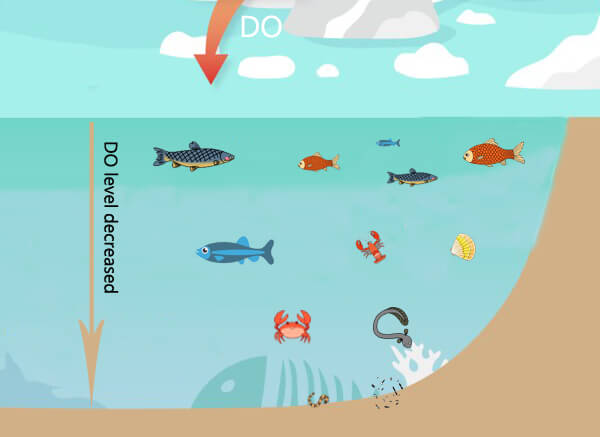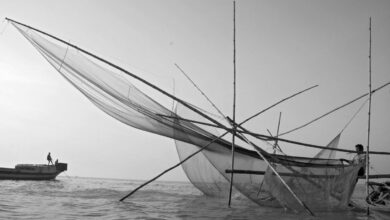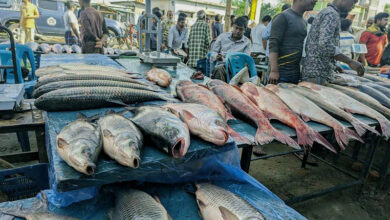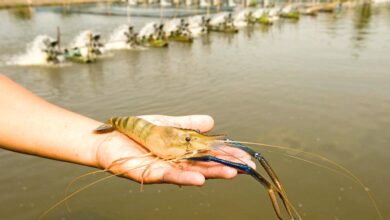
Fish farming, sometimes referred to as aquaculture, is a growing popular technique for producing food that involves raising freshwater and marine creatures like mollusks, fish, and crustaceans. As the world’s population grows, aquaculture presents a sustainable way to feed everyone.
Nonetheless, meticulous monitoring and upkeep of water quality parameters—particularly dissolved oxygen levels—are necessary for aquaculture to be successful. In aquaculture, maintaining a pond is crucial to creating an environment that promotes healthy fish growth and reproduction. Maintaining your pond properly will protect the quality of the water, reduce the risk of disease outbreaks, and increase the output of your aquaculture business.
The Significance of Soluble Oxygen in Aquaculture:
Since dissolved oxygen (DO) has a direct impact on the growth and health of aquatic organisms, it is an essential quantity in aquaculture systems. Sufficient oxygen concentrations are necessary for fish respiration, metabolism, and other physiological processes. Fish that have low dissolved oxygen levels may experience stress, decreased eating activity, or even death. Low DO concentrations can potentially cause hazardous materials to be released from sediments, which would further degrade the quality of the water.
The right concentrations of dissolved oxygen are necessary for fish and other aquatic species to live. Factors including salinity, temperature, bacteria concentration, and algae growth can all affect the amount of dissolved oxygen in the water. Low dissolved oxygen levels have the potential to cause fish deaths and damage to other aquatic creatures.
In addition to maintaining fish health and normal physiological function, dissolved oxygen also helps to maintain better water quality. In addition to strengthening the immune systems of farm animals, dissolved oxygen in water can also prevent the formation of harmful compounds by changing and lowering the levels of nitrite, ammonia, nitrogen, and other harmful substances.
However, prolonged exposure to low dissolved oxygen water inhibits not only the growth of fish and shrimp but also all physiological functions, which ultimately raises the bait coefficient and reduces the farming’s economic efficiency.
Optimum dissolved oxygen level in aquaculture:
Fish require different amounts of DO depending on their species. The DO concentration is commonly expressed as mg/L or percent saturation. Healthy growth rates are supported by 8–8.5 mg/L of DO; concentrations below 8 mg/L will have an impact on the development of the larvae and mature eggs. Fish thus often face varying O2 availability, ranging from hypoxia (low O2 availability) to hyperoxia (O2 supersaturation), depending on their habitat.
Causes of fisheries ponds’ oxygen depletion:
- In overcast weather, aquatic plants produce less oxygen because there is less sunlight.
- Insufficient dissolved oxygen for the biomass in a pond is caused by high stocking density relative to the volume of water.
- Unwanted build-up of a lot of fish waste, fish feed that hasn’t been eaten, inorganic or organic fertilizers, or other organic wastes.
- Because of the ongoing degradation process, a high concentration of bacteria or algae in the water can drastically reduce the amount of dissolved oxygen in the water.
- Toxic gasses are released when fish that have been fed too much or of low-quality food or chemical supplements die and disintegrate.
- An excessive amount of aquatic plant growth that covers the pond’s edge or the water’s surface.
- Polluted materials from outside the pond collecting as a result of flooding, inundation, or rainfall.
Farhana Islam
Agriculturist, Researcher
Fisheries Resource Management, CVASU




